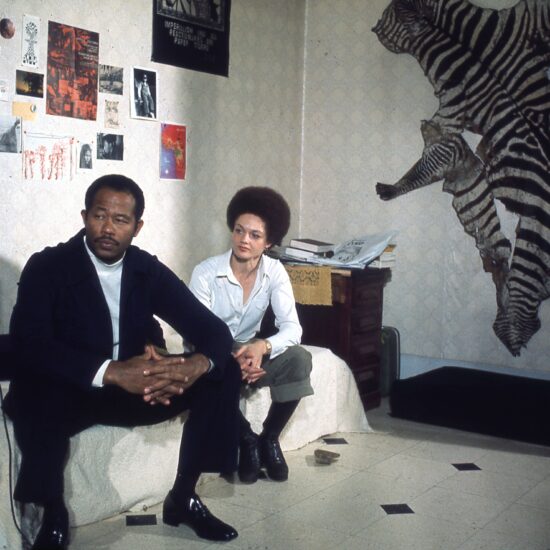
The Life of Eldridge Cleaver
Author of Soul on Ice and one of the most recognized activists for Black internationalism, Eldridge Cleaver went from militance to obscurity.

Author of Soul on Ice and one of the most recognized activists for Black internationalism, Eldridge Cleaver went from militance to obscurity.
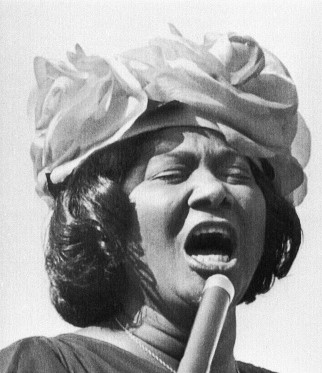
A photograph of Mahalia Jackson in 1964 offers a window on the role of music in the civil rights movement.
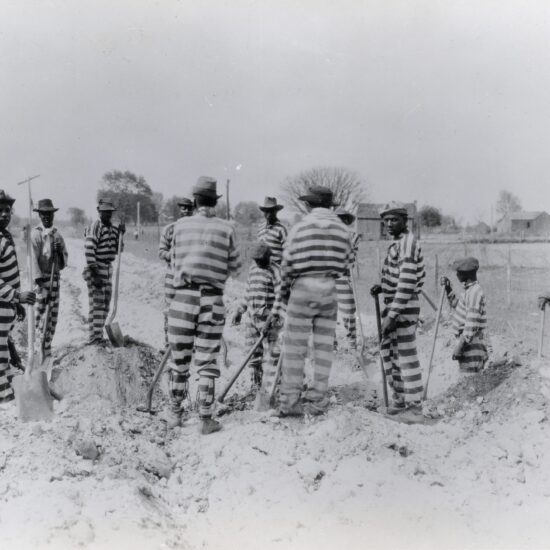
Slavery ended in 1865. But many Black Southerners remained unfree laborers under the convict leasing system.
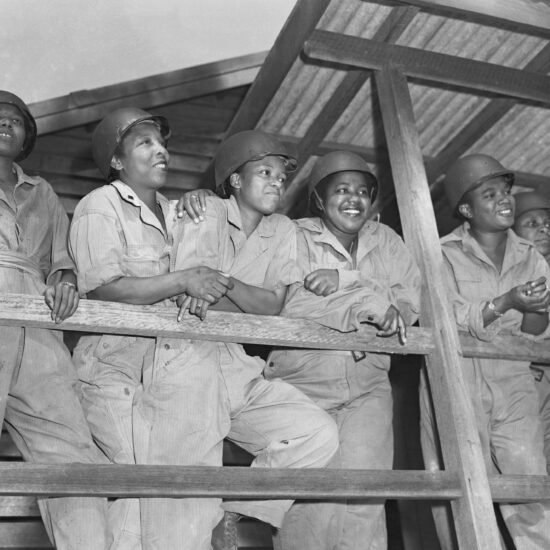
Hoping to court Black voters in the 1948 Presidential election, President Harry Truman issued Executive Order 9981, an act that significantly changed the armed forces and the Black experience in America.
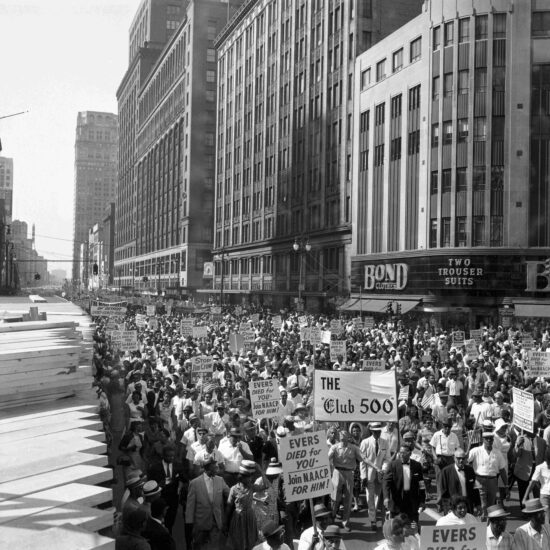
For one day in June 1963 Detroit was the center of the civil rights movement.
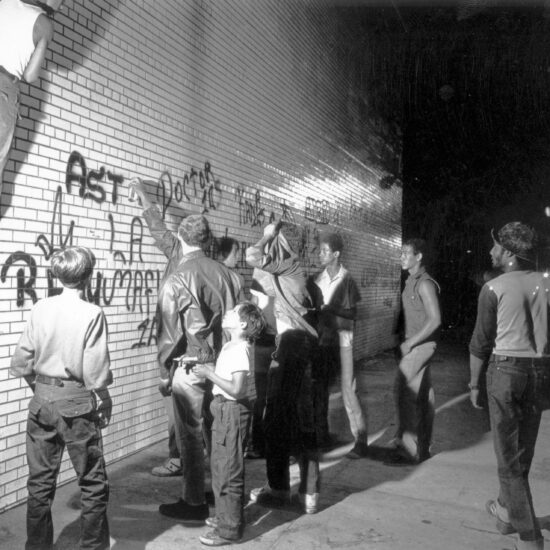
“Coming to a Wall Near You!” From the 1960s to 1980s, Black teenagers in Philadelphia convinced the world that graffiti wasn’t vandalism, but public art rooted in protest and self-expression.
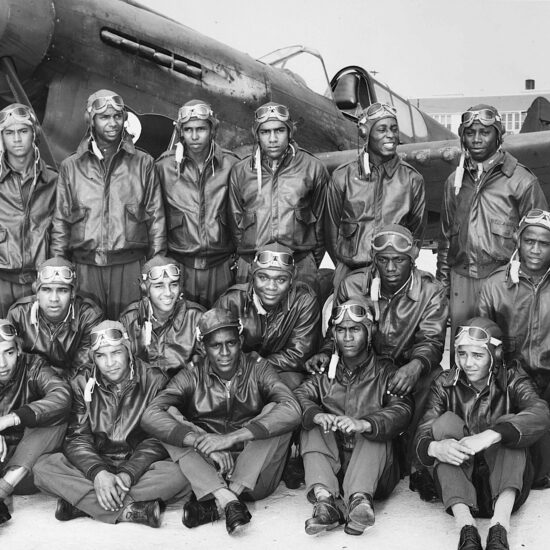
Without images of African Americans, depictions of important military moments are incomplete.
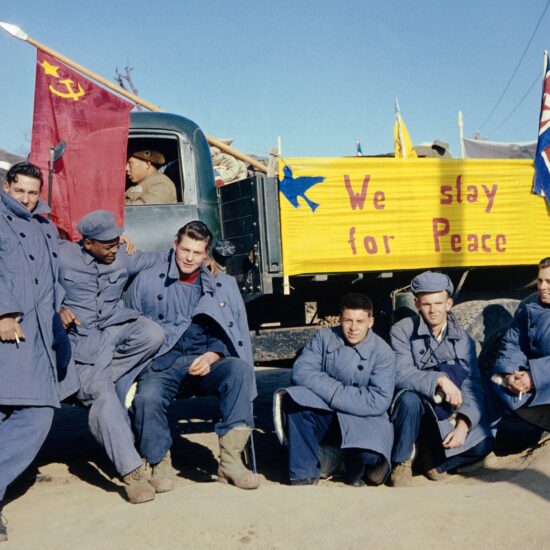
Some Black soldiers chose not to go home after the war, remaining in North Korea and China—behind the “bamboo curtain”—to escape racism in the United States.
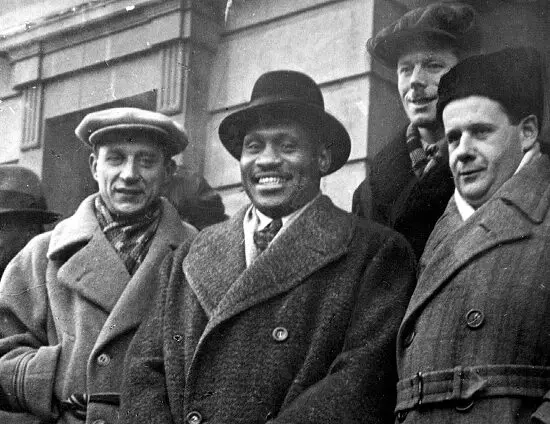
Between the 1930s and 1960s, the famous singer and actor made many visits to the world’s first socialist country, which made a lasting impression on his art and politics.
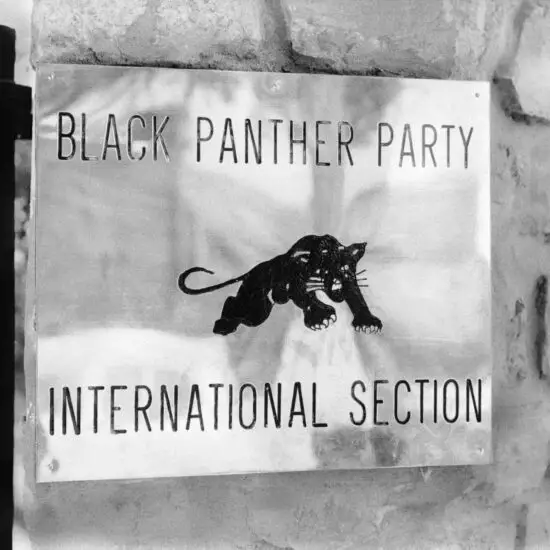
The Black Panther Party—especially their International Section based in Algiers—embraced the Palestinian cause as part and parcel of their own struggle.